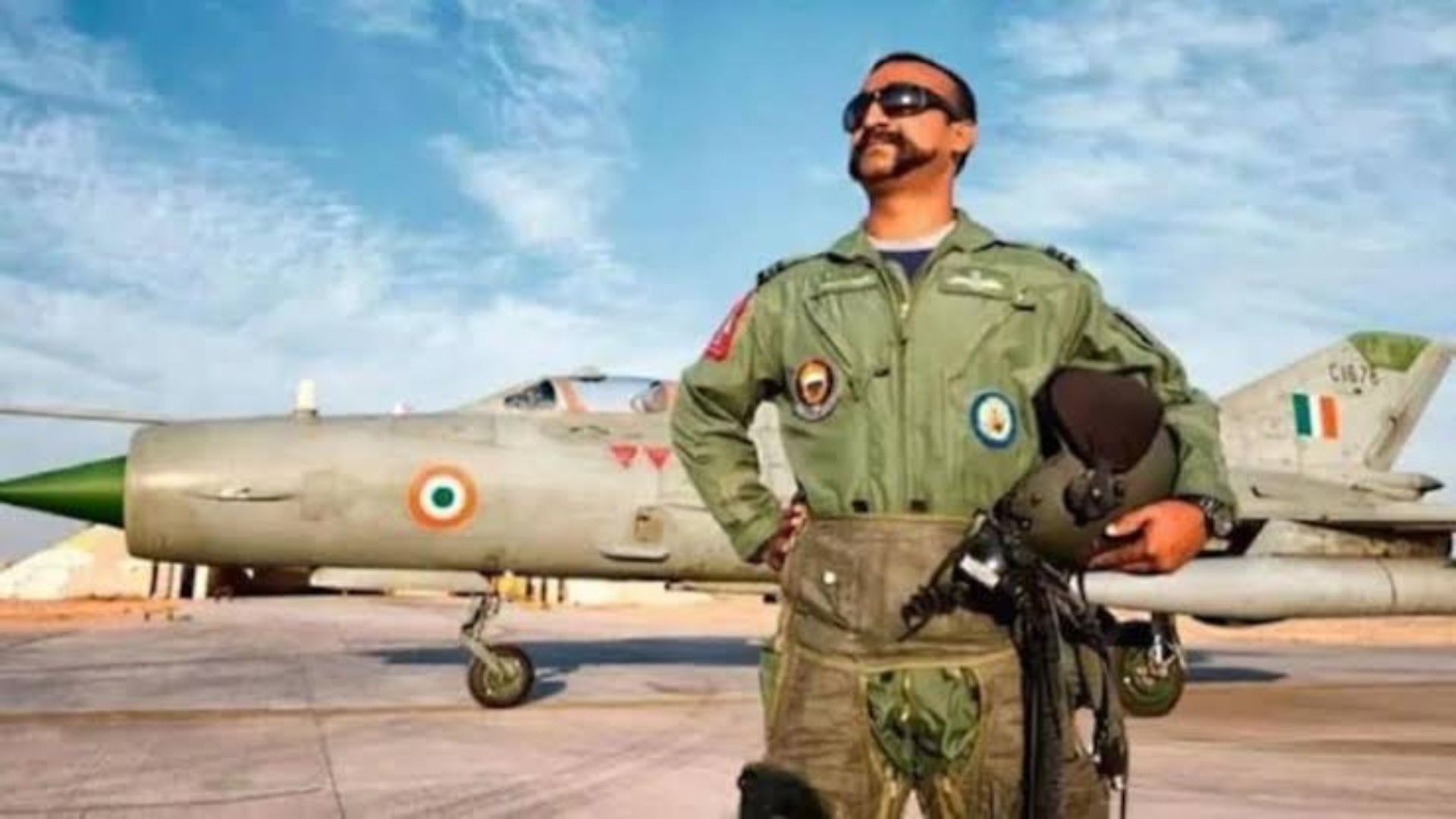
Nabhah Sparsham Deeptam
Bombing Balakot
18 February 2019
Air Chief Marshal Birender Singh Dhanoa....Tony Dhanoa as he is called by his buddies, was driving to the South Block of Parliament buildings to attend a meeting called by Ajit Doval, the National Security Adviser to the government of India. Earlier on the day of the gruesome terror attack he had already met Air Marshal Hari Kumar, Chief of Western Air Command and had discussed the operational aspects of the likely retaliation and had advised him to be ready for some action at short notice. Yes in retaliation to the gruesome suicidal bomb attack by a JeM suicide bomber in which 40 CRPF soldiers were killed in Pulwama district of Kashmir on 14 February. He anticipated that the political leadership would not let the perpetrators of the attack go unpunished. But the brass tacks of the operations would have to be finalised shortly in this meeting with NSA.
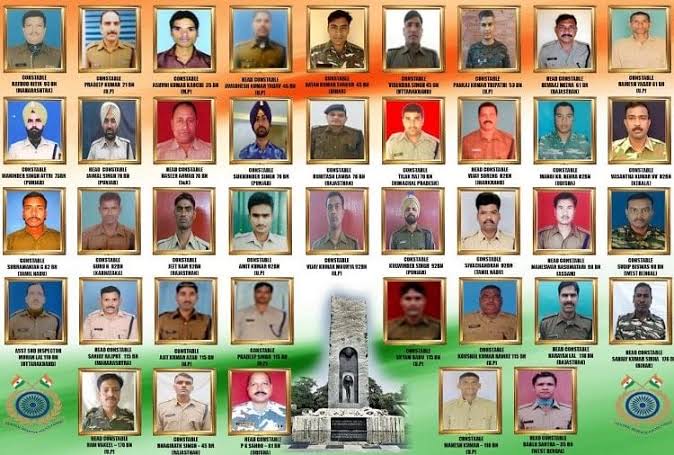
The meeting was attended by only a select few. There were Chiefs of all three services, heads of RAW and IB who came armed with their inputs on terror camps across the border. The matter was discussed in minute details. Intelligence agencies homed in on around 15 camps run by different terror groups in Pakistan for a strike. But they decided to focus on the ones run by the Jeish because of its involvement in the Pulwama attack. Three such main camps were identified: in Bahawalpur in Pakistani Punjab, Sawai Nallah near Muzaffarabad (PoK) and Balakot in the Khyber Pakhtunkhwa province (KPK) in Pakistan.
The choice was soon made, the strike would be on the Syed Ahmed Shaheed training camp in Balakot in Khyber Pakhtunkhwa on the sovereign territory of Pakistan. The hilltop facility by the Kunhar river offered a sprawling campus, where recruits were imparted the advanced Daura-e-Khaas training in weapons, explosives and field tactics, tactics for attacking security convoys, planting and making improvised explosive devices, preparations for suicide bombing, rigging vehicles for suicide attacks and survival tactics in high altitude and under extreme stress. Masood Azhar had been known to visit the place to give inspirational lectures, and he had entrusted the administration of the camp to his brother-in-law Yusuf Azhar, alias Ustad Ghauri, who is suspected to have masterminded the Pulwama attack. “Balakot was used for battle inoculation." Since it is about 50 kms from LOC deep inside Pakistan it has to be struck by air.
ACM Dhanoa's eyes lit up when he received the go ahead from the Prime Minister for the attack on the same day. He was a master strategist when planning for such an attack which was effectively executed during the Kargil conflict.
Why Gwalior and Mirages?
While returning from the meeting ACM Dhanoa had already broadly made some tactical preparations in mind. Secrecy is the utmost important aspect of this operation. Just two days ago on the 16 February IAF conducted a massive Fire Power Demonstration (FPD) “Vayu Shakti '' in Pokhran desert involving most fighter aeroplanes participating in precision bombing. That would help in picking the experienced pilots. The Aero India show that was happening in Bengaluru would conclude on 24 February and the foreign delegates would depart. On 26 February the Prime Minister would inaugurate the newly built National War Memorial in New Delhi, even that event should go on as planned. So tentatively the attack should happen on 26 February, keeping aside a day for inclement weather. Further he met up with Air Marshal Hari Kumar and they decided normalcy must be maintained in everything including the birthday party of Air Marshal Hari Kumar and his farewell parties since he was retiring on 28 February! Mobiles must not be used and all the operational aspects to be discussed only during these parties maintaining secrecy. Normal training flying should go on in all air bases giving no room for suspicion to Pakistanis.
The reasons for choosing the Mirages were several. For one, Mirages were equipped with laser-guiding pods and more modern electronic warfare suits that could jam Pakistani air defences. Mirage 2000 fighters were based in Gwalior. The flying activities of an Airforce Station situated in Central India is not monitored by the Pakistani Radars or AWACS.Therefore these aeroplanes would form the strikers who would cross over into Pakistani airspace and drop the bombs over the target.The Israeli SPICE 2000 and Crystal maze precision bombs were selected for the pinpoint attack.
25 February
To assess the operational readiness of all the combat units of IAF there is a dedicated Directorate called Directorate of Air Staff Inspection (DASI). On reaching a particular airbase the war plans for each department gets activated and their efficiency is checked. On 25 February this DASI team landed up in Airforce Station Gwalior for a surprise visit, ostensibly to assess their operational capability. The entire Airforce Station went into an overdrive, while inside the briefing room crew selection and tactical details were discussed about the attack on terror camp. Nobody else knew what was happening in the Aircrew Briefing Room.
Post Pulwama attack, highly strung Pakistan Defence forces remained on high alert. The early warning aircraft Saab 2000 constantly kept flying, keeping a careful watch towards India. The aircraft has been usually landing back for refueling and crew change around 3:00 o'clock in the morning and took off again at around 4:00 O’clock in the morning with a new set of crew. This information helped in determining the entry time of Indian strike package into Pakistani airspace.
26 February
At 01:50 when the Mirages took off from Gwalior under the pretext of DASI inspection exercise even the airforce personnel didn't raise an eyebrow. The aircrafts then headed in northerly direction towards Bareilly local flying area where they met up with mid air refueller aircraft for refueling.
Meantime four Jaguar aircrafts took off from Ambala and started a high speed run towards Bahawalpur in a deception tactic. In response to this Pakistan scrambled two F16 aircrafts and headed towards Bahawalpur to engage the Jaguars. The Jaguars then headed towards Rajasthan which confused the Pakistani Air traffic controllers.
The Mirages were flying along the foothills of Himalayas which helped them evade detection and now climbed up to 30000 feet before entering Pakistan airspace to escape from the possible Surface to Air Missile (SAM) fire and headed in westerly direction. For the first time post 1971 war with Pakistan, sixteen aircrafts crossed over the LOC and entered Pakistani airspace. Four aircrafts remained within Indian airspace keeping guard for any intrusion by Pakistan aircrafts. Further, four Mirages split up and started a high speed run in the South westerly direction to further confuse the Pakistani radars. Now twelve aircrafts once in the clear zone of ground based missiles and guns descended to lower altitude and headed towards the target... Balakot terror camp.
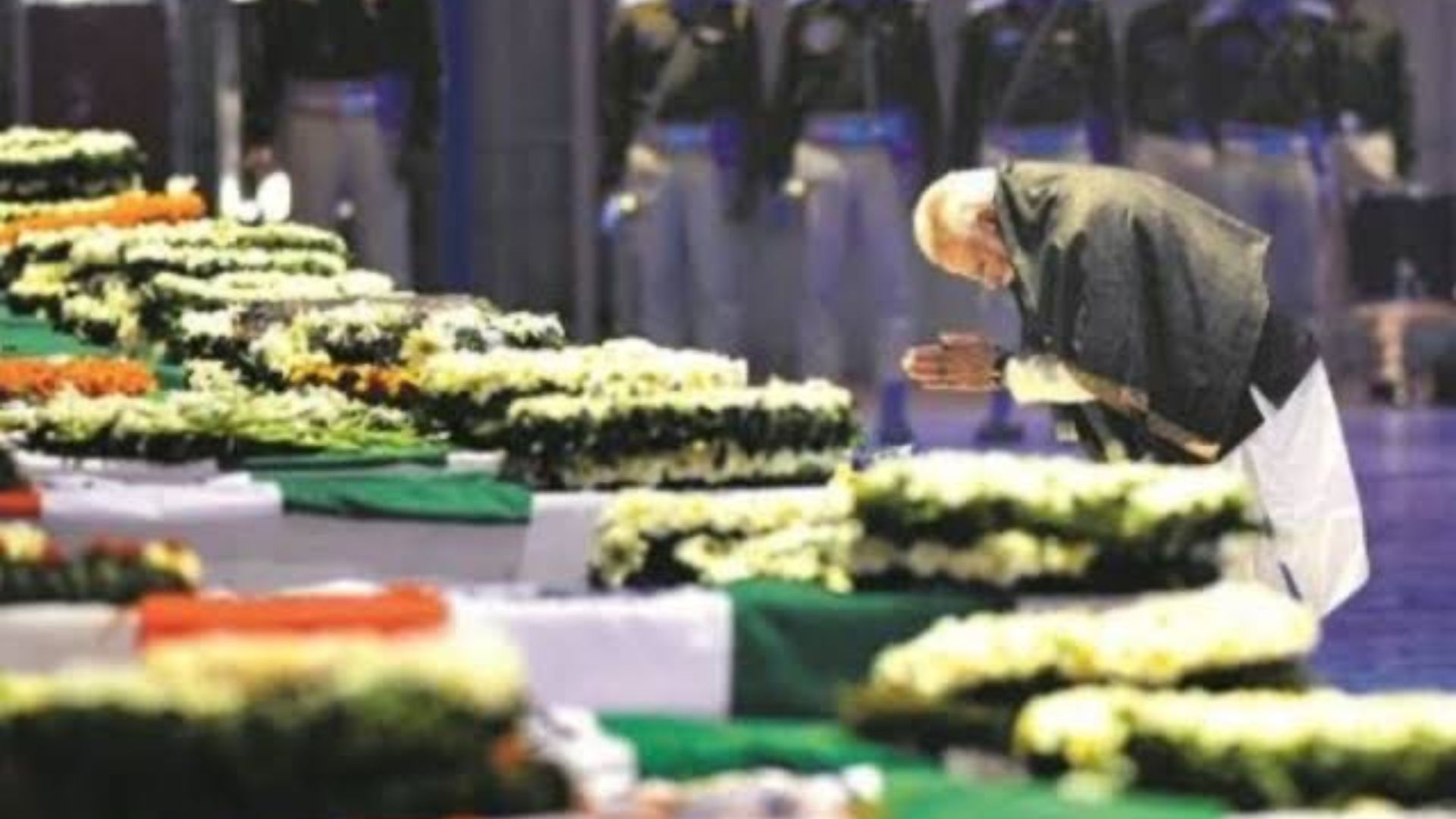
0328 hours
That distraction allowed the accompanying low-flying formation of Mirage 2000s to head in the direction of Balakot. By the time they showed up on Pakistani radars, they were 150 km away from the jets that had been scrambled to stop them. The Mirages then acquired the targets and dropped the SPICE bombs they were carrying.
Five bombs struck the targets, three hitting the large complex housing 150 recruits, one hit the main U-shaped complex that had most of the leadership and the fifth hit building that had the master trainers. One target they could not strike was the abandoned school where Yusuf Azhar resided.
That’s because the aircraft chosen to strike it was unable to lock onto the target to release the bomb in the tight window of opportunity. All the aircraft returned safely to their bases. Air Marshal Hari Kumar called up ACM Dhanoa and called out ’Bandar’ which indicated that the operation was conducted successfully. Apart from Doval, Dhanoa informed the army and navy chiefs that the mission had been accomplished. All three armed forces went on high alert as they were prepared for retaliation from Pakistan. Meanwhile, the prime minister was informed of the success of the mission. Having ascertained that everyone was safe, Modi proceeded to follow his yoga routine at 4 am.
Abhinandan Arrives
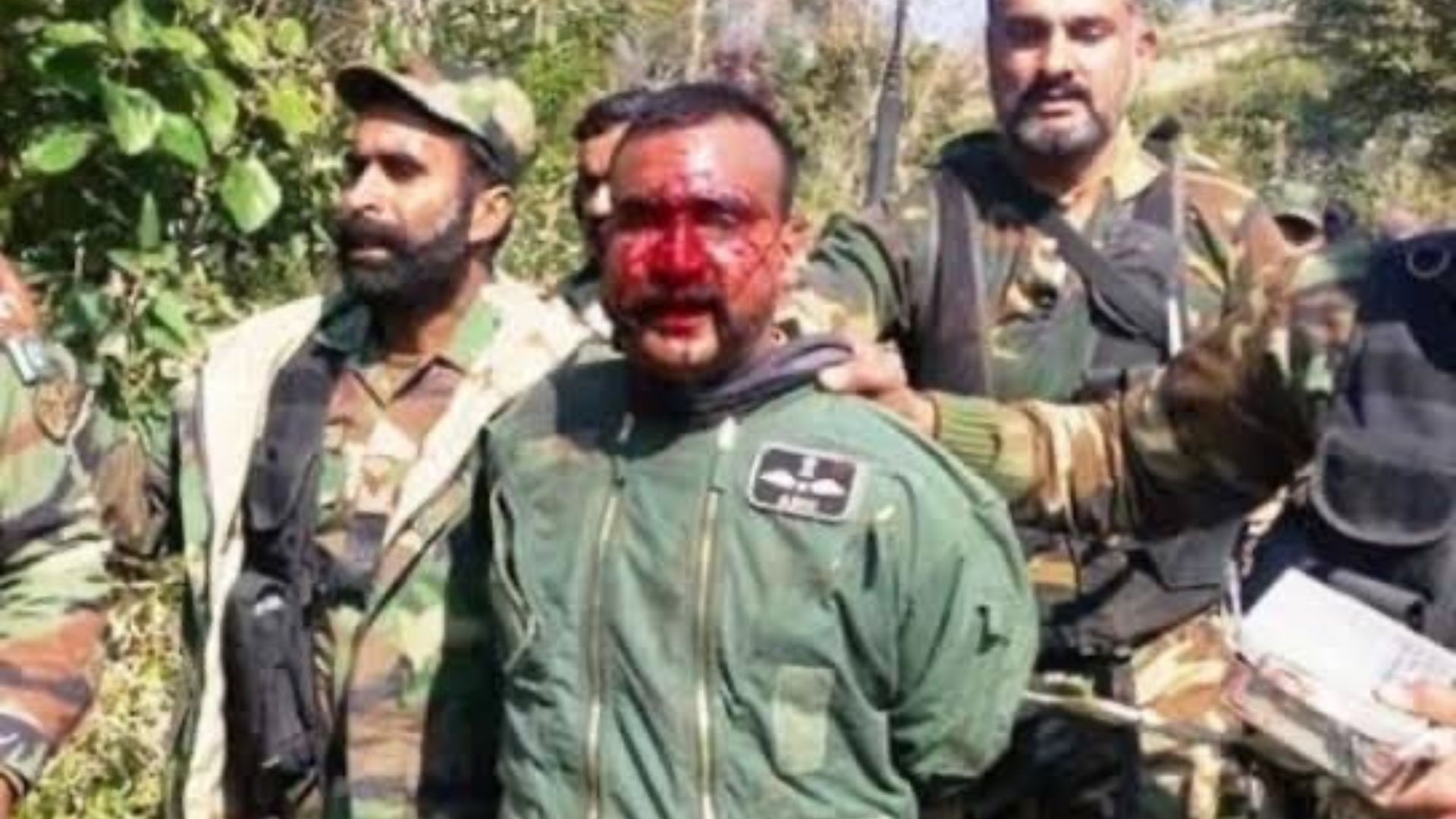
26 February 2019
Pakistan woke up with a start..to the ignominy of an Indian attack on it's soil. Pakistan military’s pride was severely dented by the Airstrike especially the violation of the LoC by the IAF. First action by Pakistan was to sealoff Balakot from all sides. They didn't want anyone in the world to see their humiliation. Next was to close their airspace for all civil and military flights..as if that guarded them against further attack from India. If India wanted to attack again they would do it anyway. But for India, it had achieved its limited aim.
By afternoon, salvaging their hurt pride, Pakistani leadership called for a cabinet meeting. Prime minister Imran Khan presided over the meeting. It was then decided to hit back. Hit what ? It was not clear. Basically the aim was to show off its Air assets and if possible crossover to the other side for a brief while. PAF’s pride possession F-16 were bought from US under a rider that the aircrafts would be used only against terrorism. Over a period of time everyone in PAF seemed to have forgotten about it, even if someone remembered Pakistan is known for breaching the agreements.
27 February
Normally a well planned air attack happens around first light or exploiting the window of opportunity as per the enemy's disposition.
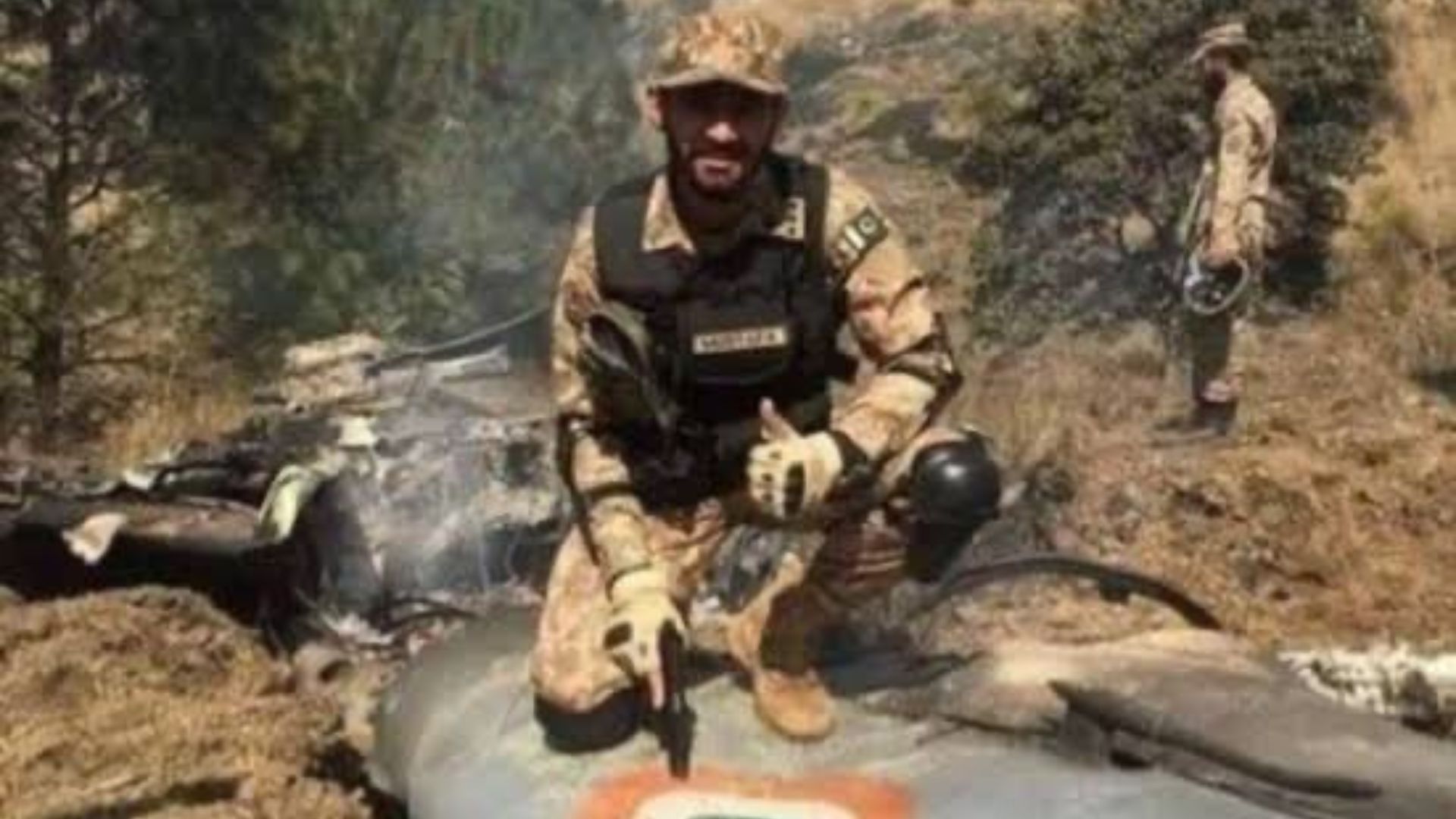
Air Chief Marshal Mujahid Azhar Khan planned nothing of that sort. However Indian surveillance aircraft 'Netra' picked up air activity around 0942 hours and gradually fighter aircrafts, F-16, Mirage lll and JF-17s started taking off from various airfields of Pakistan. There were ten F-16s out of 24 aircrafts that were headed towards India.
Observing the movement of the Pakistani aircrafts, Squadron Leader Minty Aggarwal, fighter controller on duty, scrambled the IAF fighters. The aircrafts were scrambled from Awantipur, Srinagar, Udhampur, there were scrambles all along. The Sector Director Sqn Ldr Minty Aggarwal quickly assessed the situation and directed the Mig 21 Bison aircraft flown by Wing Commander Abhinandan to counter the intruding F-16s. Abhinandan flying at a height of 15000 feet locked on to F-16 which was flying at 9000 feet. Abhinandan dived to get a better kill probability. Sensing danger the F-16 commenced a steep climb to around 26000 feet. Abhinandan chased him closely and positioned himself at a sixty degree angle for maximum impact and shot his R-73 missile. It was a direct hit on the F-16 and the plane went up in flames. An aging fighter Mig-21 had shot an advanced F-16... proving a point that it is the man behind the machine who matters.
In the ensuing dog fight Abhinadan had crossed the LoC. Minty Aggarwal cautioned him on the radio..
' Turn cold... turn cold' indicating to return back. Apparently due to jammed communication he couldn’t hear the Radio transmission.
Around that time the wing man of the downed F-16 got a lock on Abhinandan's Bison and fired an AMRAAM missile. Abhinandan had to eject out of the damaged aircraft. He landed near a village called Horan Kotla seven kilometers inside the POK. The entire dogfight got over in 90 seconds, in less than the time you have read this part.
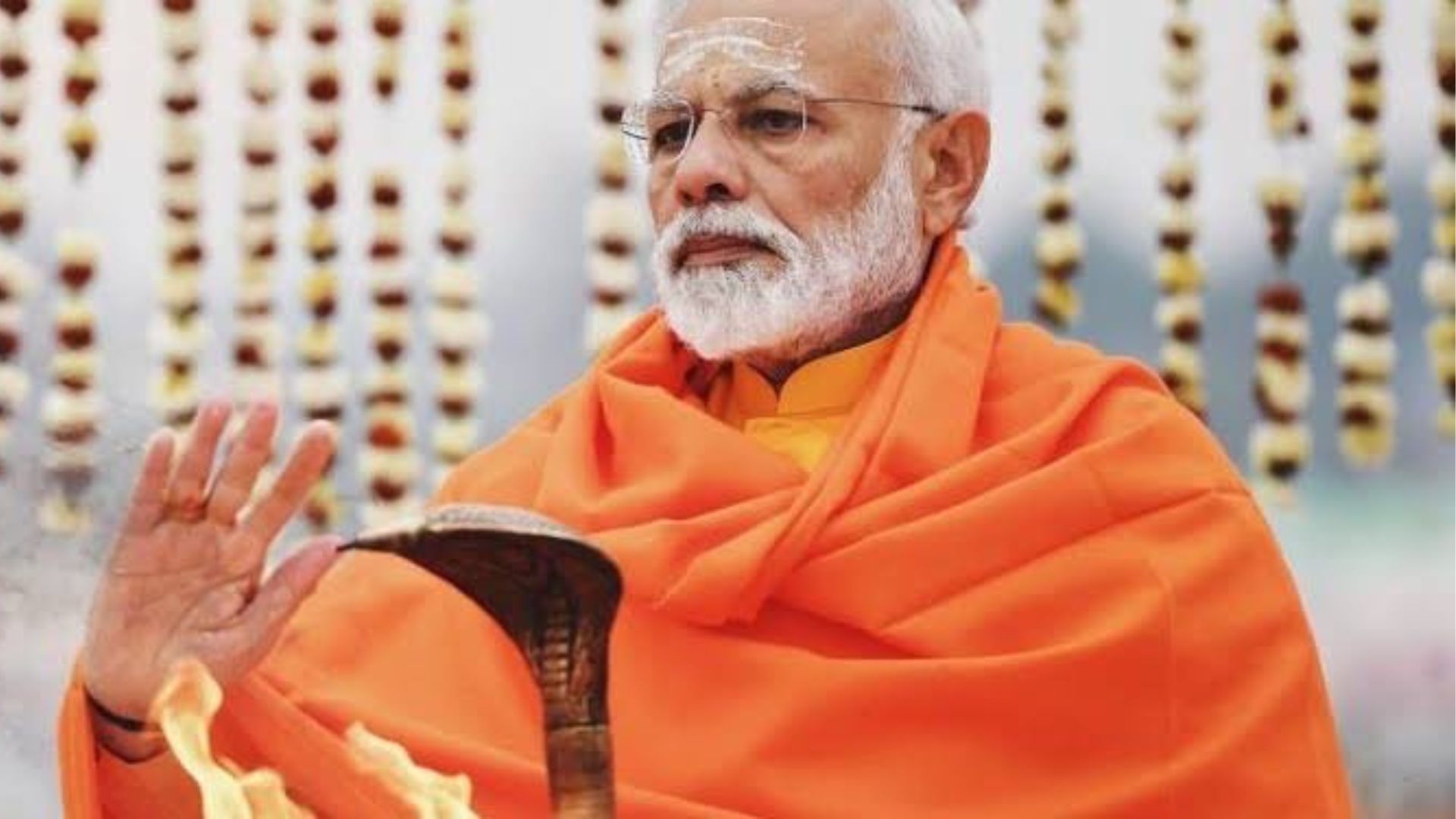
Abhinandan was captured by the locals. He was also beaten up badly before the Pakistani army personnel took his custody. Abhinandan is the third generation Airwarrior. The genes he inherited stood his guard in facing the adverse situation and the training he received in the Airforce toughened him to face the hostile circumstances bravely. The entire country choked with emotion while watching him interacting with the Pakistani interrogation with dignity. He maintained his poise amidst the hostile environment.
Meanwhile in Pakistan the news that if Abhinandan is not released immediately then India will attack Pakistan that night at 9 pm was spreading like wildfire. An emergency cabinet meeting was called. The tension filled hall witnessed some visibly rattled ministers and Generals. Prime minister Imran Khan declared that Wing Commander Abhinandan will be released next day. On 1 March 2019 Abhinandan was received with a hero’s welcome at Attari near Amritsar. Thus curtains were drawn to the befitting rebuttal by India to the misadventures of Pakistan.
Later Abhinandan was honoured with Vir Chakra award and the lady Officer who vectored Abhinandan for the destruction of the F-16, Squadron Leader Minty Aggarwal was awarded the Yudh Seva Medal.
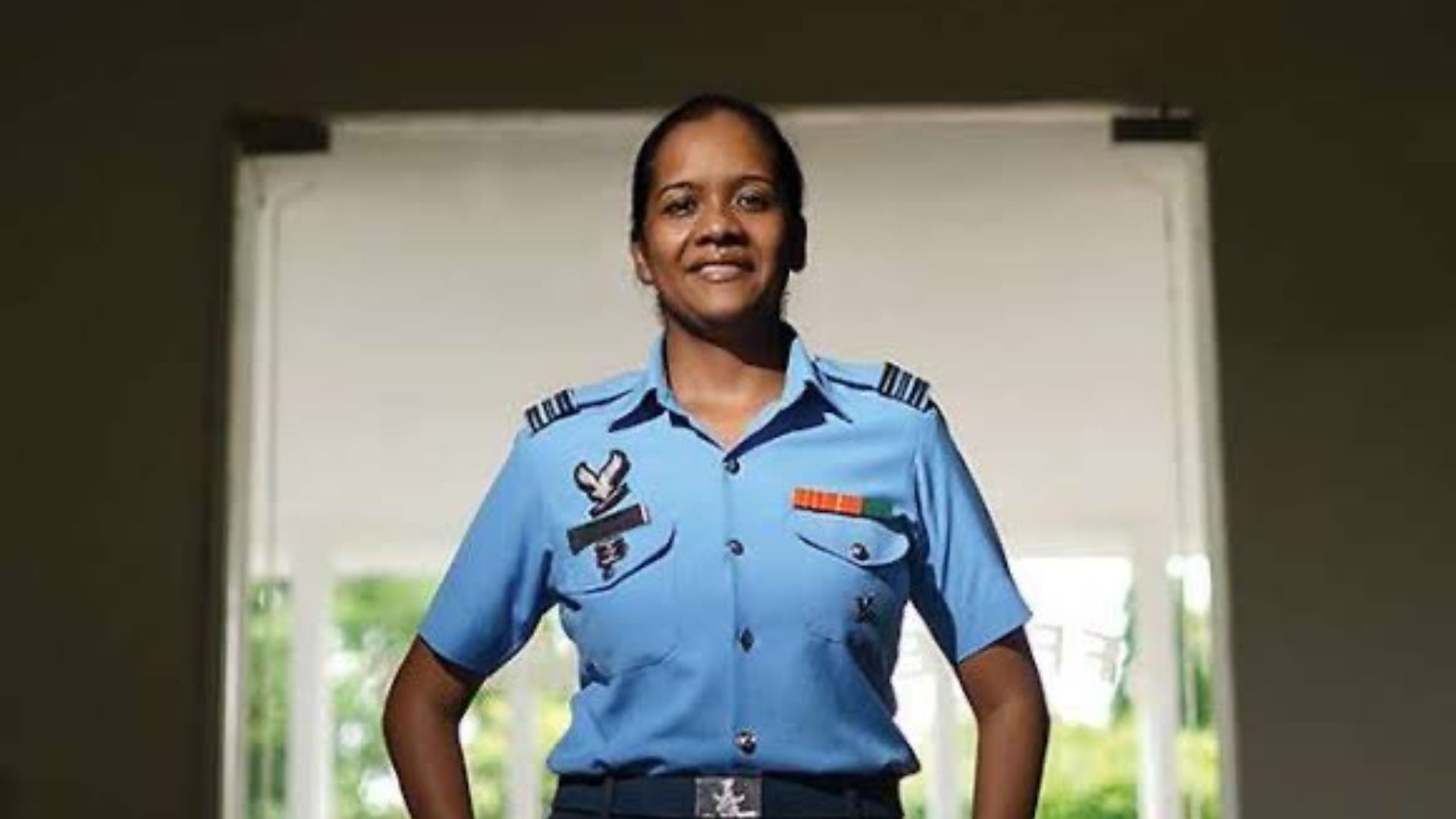
The motto of Vayu Sena “Nabhah Sparsham Deeptam” is adopted from the eleventh chapter(11.24) of Bhagavad Gita: Vishwarup Darshan Yog in which Sri Krishna upon the request of Arjuna shows his Vishwarup. Arjun struck with awe at the Lord's Cosmic form touching the sky with glory. Similarly it is the enormity of the Air Power that encompasses the sky with glory.
nabhaḥ-spṛiśhaṁ dīptam aneka-varṇaṁ
vyāttānanaṁ dīpta-viśhāla-netram…
NEXT ARTICLE
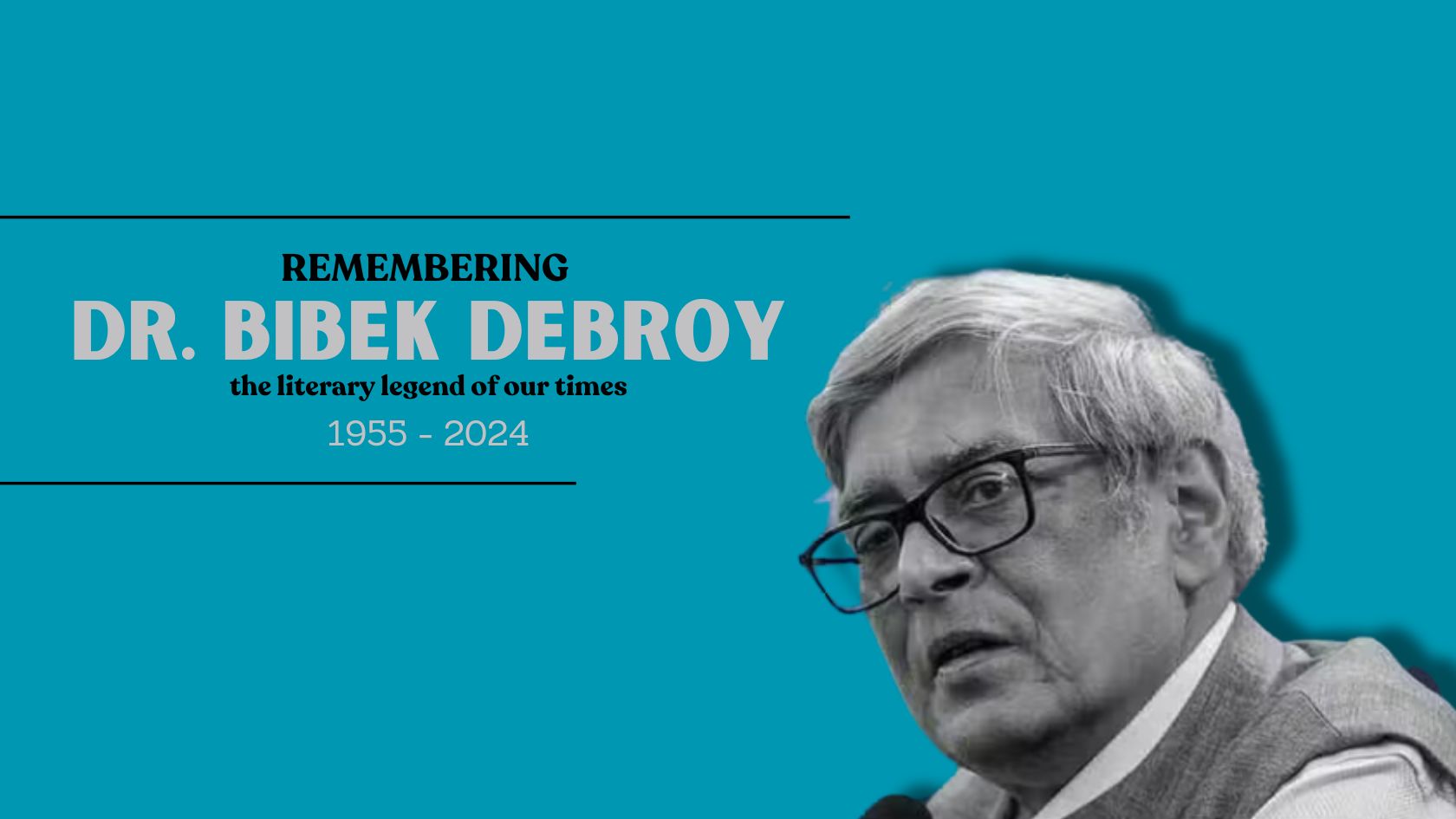
All authors who write about the Mahabharata have to read its unabridged version. The most popular unabridged translation used to be the one by Kisari...

In the annals of Bharat Varsh, amidst the swirling mists of time and legacy, emerges the figure of Chhatrapati Shivaji Maharaj, a warrior whose name e...